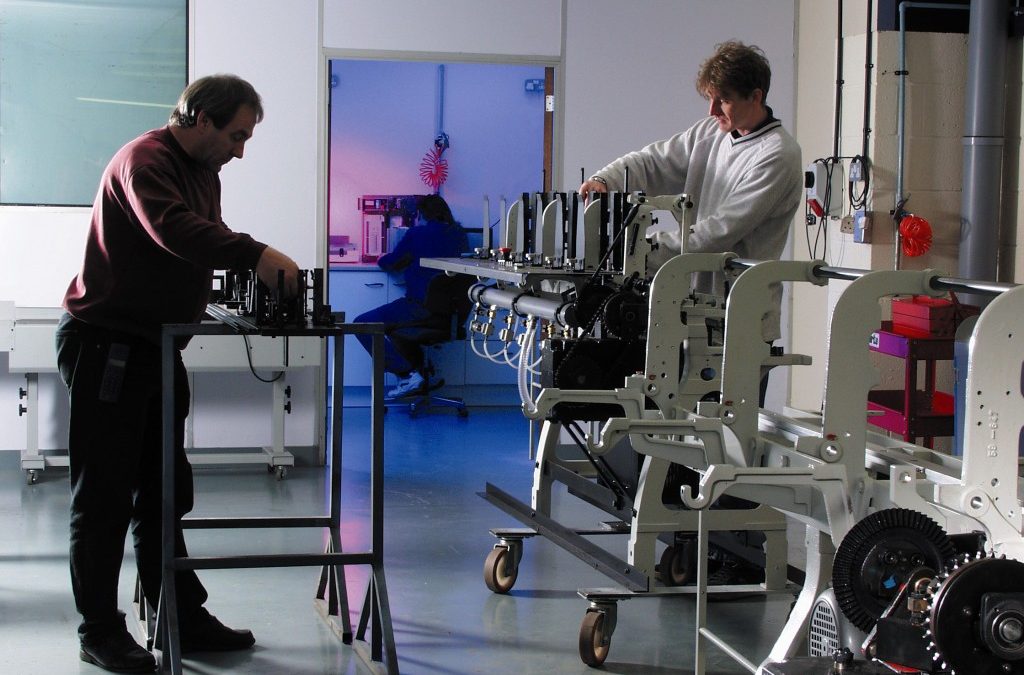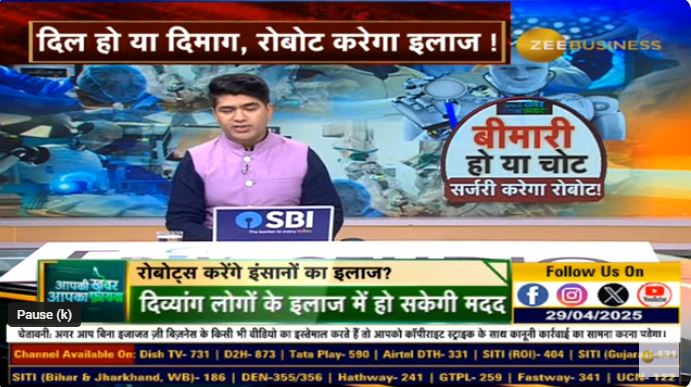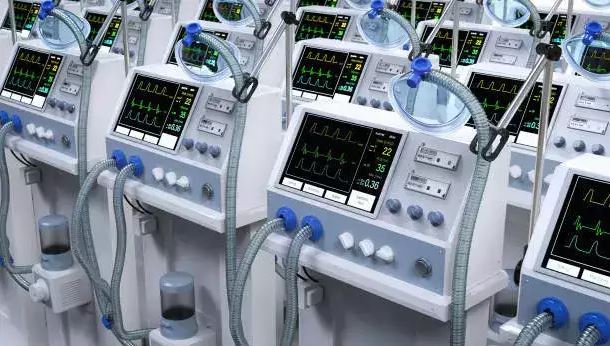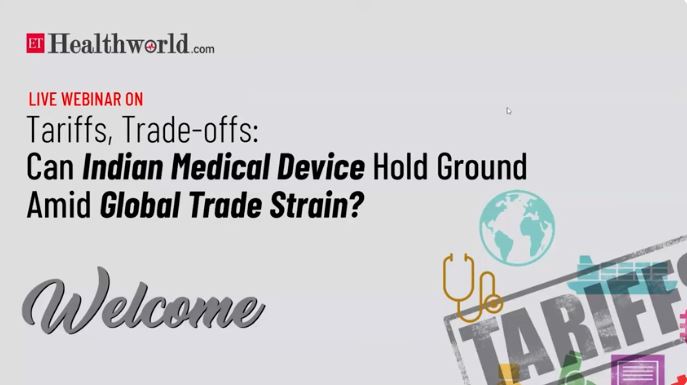The multinational medical technology majors are seeking the authorities to remove regulatory hurdles for importing pre-owned medical equipment to the country. While these companies manufacture in India and support the Centre’s initiatives to promote manufacturing of equipment in India, the refurbished equipment would help to meet the unmet needs of healthcare sector at present, they said.
The environment regulations are against importing refurbished medical equipment, which can save cost for patients with a life of seven to 10 years, says Medical Technology Association of India (MTAI) — which has Johnson & Johnson, Bausch & Lomb, Boston Scientific, C R Bard, Terumo and other MNCs as their member.
The Ministry of Environment and Forests considers pre-owned medical equipment as used electrical and electronic assembly under the Hazardous Waste Rules. However, the industry submits that pre-owned medical equipment such as CT, MRI, Cathlab, PETCT are diagnostic equipment and not an electronic and electronic assembly. Electrical & electronic components form only 10 to 15 per cent of the equipment.
“There is a need for more medical equipment in the country and the import of refurbished equipment would allow these products to be available at a lesser cost, which would help the patients. The government needs to look into the issue,” said PavanChoudary, director general, MTAI.
MTAI is an association of research-based medical technology companies with their investments in India. Its members have research and development centres and medical technology manufacturing plants in India. The founding member companies include major names such as Johnson & Johnson, Bausch& Lomb, Smith & Nephew, C R Bard, Terumo, Boston Scientific and Vygon.
“From the data available with various Ministries, around 2800 preowned equipment were imported in the last 2 years. Of these, only around 120 units were imported by the original equipment manufacturers (OEMs) which means non-OEMs import 95 per cent of all preowned equipment. The focus of the Ministries should be on the non-OEMs who import equipment without access to genuine parts and trained personnel,” said the association.
The OEMs have a process for selection of equipment and refurbishment and only those equipment with a clear history of maintenance are selected. Through a refurbishment process carried out by trained personnel and by replacing defective OEM parts the equipment can function for the next seven to 10 years. With a residual life of 7 to 10 more years the equipment does not come under the definition of “hazardous” or “waste” and should not be termed hazardous waste, it added.
It also added that the countries like United Kingdom, Singapore, Japan and the US are using refurbished medical equipment as a common practice.
The OEMs take care of the maintenance of these refurbished units, which are as good as new. With preventive maintenance carried out by the OEM according to the Engineering specifications, the user can continue to use the equipment till they would like to upgrade to a newer technology, added the organisation. Around 70 per cent of the current market is addressed by the major multinationals in the country, it added.
Publication: Business Standard (Online)
Journalist: GireeshBabu




